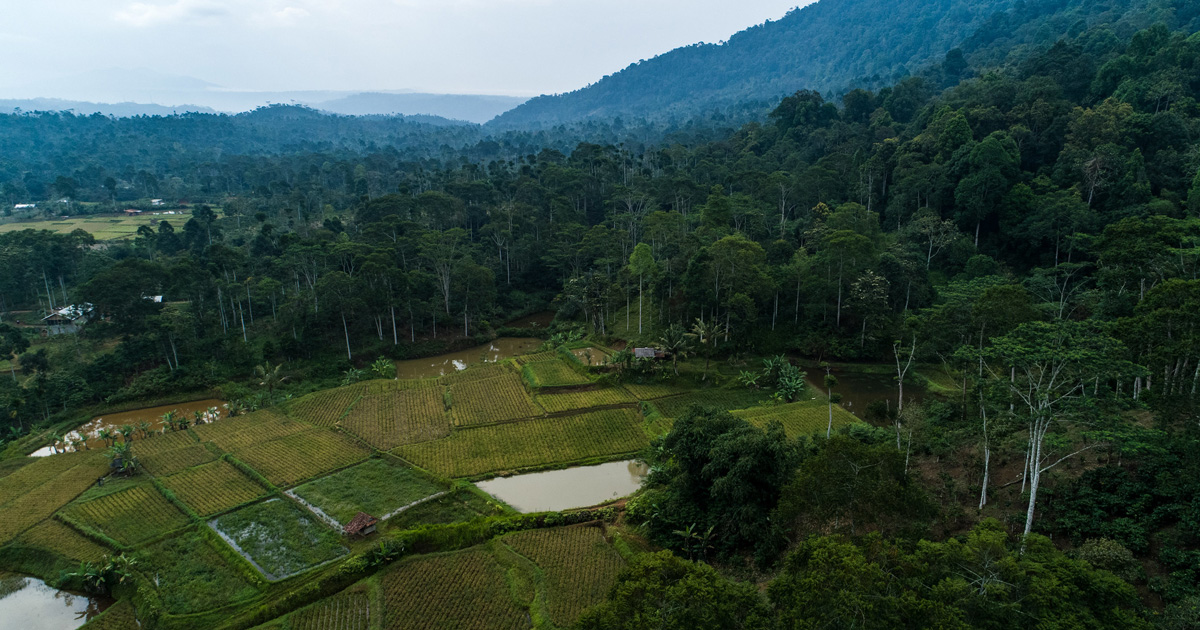Agroforestry tree domestication research is geared at promoting diversification of on-farm tree species composition. A survey was conducted in western Kenya with the objective of exploring possibilities for diversification for a particular agroecosystem, involving a complete tree census, tree measurement and collection of ethnobotanical information in 201 small-scale farms. Various approaches to landscape diversification were explored, including random distribution of trees to increase alpha richness and species richness at higher scales in the landscape, and random distribution of species composition over villages to increase the average richness of villages. The results showed that random distribution would result in increments of average species richness in the landscape, without requiring increments of total and average abundance. A new, fast and exact method of calculating site-based species accumulation curves was presented. The method yielded results that were extremely close to classical algorithms using 10,000 randomisations. Four use-groups (beverage, fodder, charcoal and soil fertility enhancement) were identified as use-groups with alpha richness smaller than one species, but only beverage and fodder had lowest richness at all scales (fruit and construction wood joined the four use-groups of lowest average species richness at higher scales in the landscape). The novel approaches used in this study could be used in future biodiversity studies on species accumulation patterns, or on spatial distribution patterns of species richness in a landscape.
DOI:
https://doi.org/10.1007/s10531-005-0311-9
Altmetric score:
Dimensions Citation Count:
























